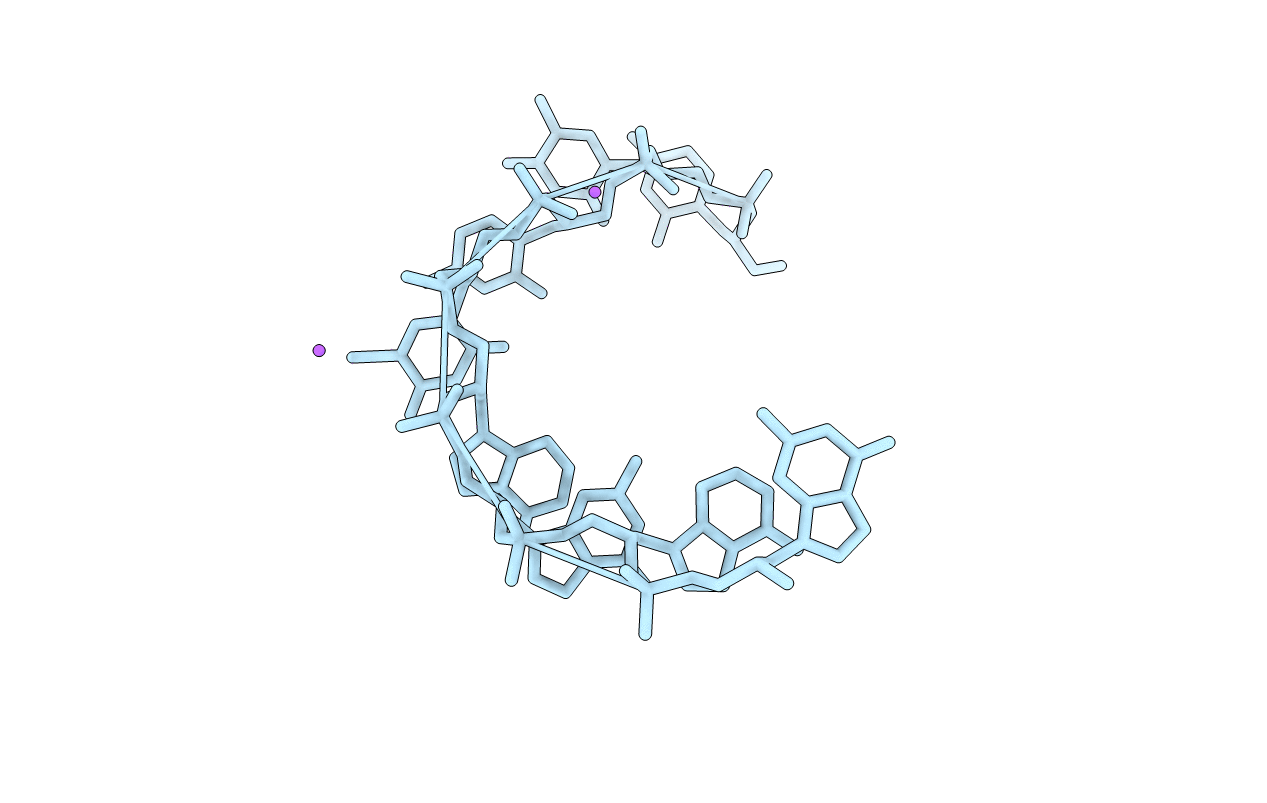
Deposition Date
2010-04-16
Release Date
2011-05-04
Last Version Date
2024-06-19
Entry Detail
Biological Source:
Source Organism:
Method Details:
Experimental Method:
Resolution:
1.83 Å
R-Value Free:
0.27
R-Value Work:
0.23
R-Value Observed:
0.23
Space Group:
I 41 2 2


